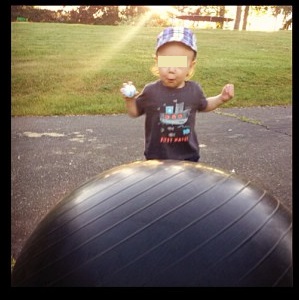Learning about opposites is quite complicated for young children and needs lots of experiences; soccer can help. The excitement and involvement can help kids with opposites as they watch and play. Some soccer opposites are up-down, in-out, win-lose, happy-sad, big-little, close-far, fast-slow, and these are only a few.

In a soccer game, most of the time players are up, but sometimes they fall down. The soccer ball is usually down on the ground but sometimes it’s up in the air. Up-down are fairly easy to figure out, but other pairs, such as fast-slow are much more difficult. Even though the players are running back and forth across the field, grownups might say that a game is slow. The soccer ball is pretty little but when it goes in the net, it could be a big score. No wonder learning opposites can be challenging.
Opposites are not easy to get right, but they are an important language and thinking skill. Some of them are easy to learn, like still and moving, and some are much harder. Opposites are not just all of one thing or all of another, it often depends on what objects are being compared. Is a running player slow or is it just that the ball is really fast? Kids need to compare two ideas or things in relation to each other. This takes considerable thinking. Lots of opportunities and a variety of experiences will help.
For a play-of-the-day, whatever your child is doing, take advantage of any possibilities to use some opposites. Still and moving are not a possibility; kids are rarely still, but your child might be building a tower with blocks. It goes up and up and up and then falls down. Toys are a variety of sizes. Are some big and some small? And if you are watching soccer, is the ball going in the net? What other opposites are in play?
